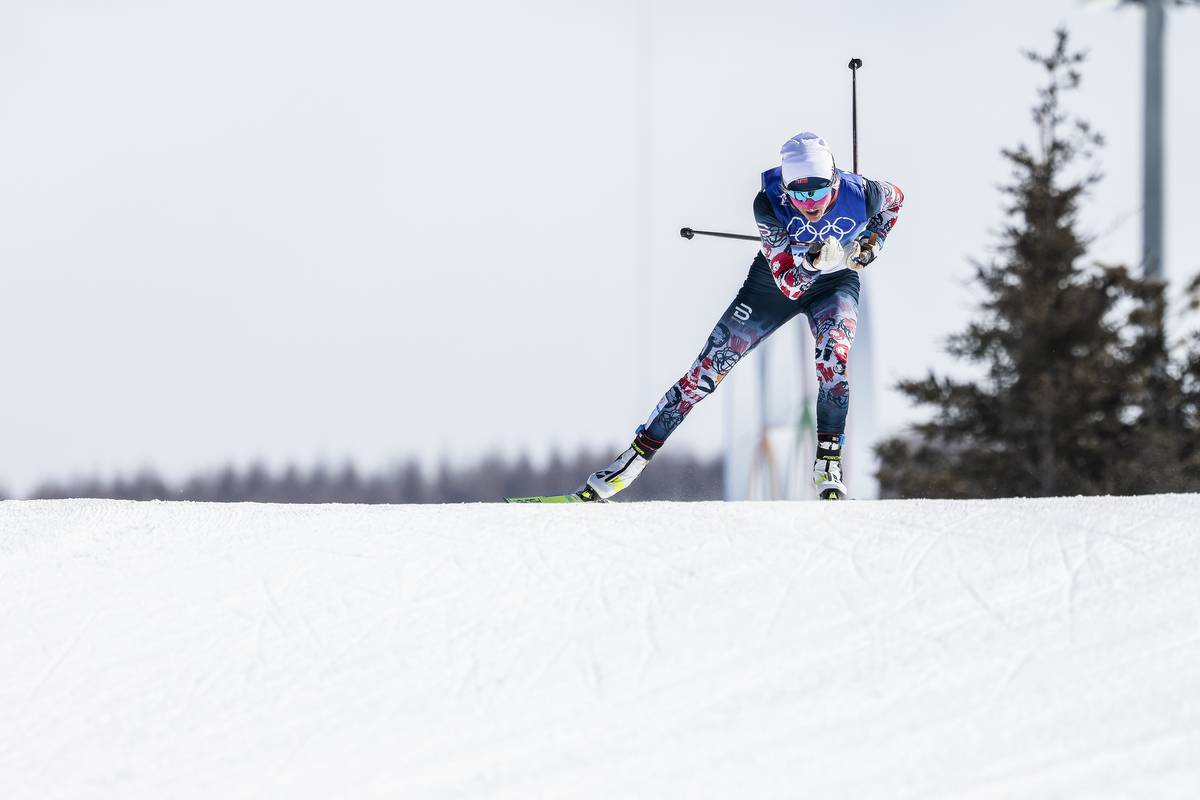The Top Ten Signs of Spring in Northern New England
Compared to many other sports, cross-country skiing requires considerable attention to the weather and a general sensitivity to changes in the seasons. For example, knowing when winter is over can be crucially important. This awareness allows you to:
Add “structure†to your race skis with a few last-minute “spring denial†workouts on dirty, wet, melting trails with several pieces of snow showing through the rocks;
Summer-wax your skis and put them away permanently for the third time;
Tell all your coaches and friends how much you’re going to train next year (without actually needing to do anything about it yet) and finally:
Enjoy a break from ALL physical activity, periodically interspersed with 45-minute, insane race-pace running efforts to maintain a basic fitness level which will give a you a jump on your fellow racers when the real training season begins in May or June.
Unfortunately, in certain regions of the country such as the Northeast, determining the point at which winter has turned to spring can be a thoroughly confusing and frustrating process. Therefore, I’ve provided a helpful and reliably accurate checklist to aid the befuddled in this daunting task. Residents, newcomers, visitors, and bored citizens of states and countries located hundreds or thousands of miles away, TAKE NOTE:
The Top Ten Signs of Spring in Northern New England
10. All of the cross-country ski areas close for the year.
9. All of the downhill ski areas close for the year.
8. It snows.
7. The ice covering a nearby pond, which was beginning to melt around the edges, freezes over again, and then completely disappears the next day.
6. You see steam billowing from sap-houses all across the countryside. (Note to “Aunt Jemima’s†consumers: this is where a product known as “real maple syrup†is produced.)
5. At least 4 of the following weather conditions occur within a 30 minute time frame: sleet, rain, snow, fog, drizzle, and sunny blue sky.
4a. Dirt roads everywhere turn into something resembling the tar pits that dinosaurs got stuck in. (If you’re not sure, try getting a shovel and digging out a 1 foot by 1 foot section, 6 inches deep. You should find the roof or hood of some small, abandoned, 2 wheel-drive car such as an ‘88 Saab 900. Dig deeper and you may run into a vintage Ford Model T which you could sell on eBay.)
4b. If you live outside of town, the floors of your house turn into something resembling the tar pits that dinosaurs got stuck in. (If you’re not sure, try getting a shovel and digging out a 1 foot by 1 foot section, 6 inches deep. You should find familiar furniture such as a couch, chairs, tables, etc. as well as missing pets. Dig deeper and you may find one of your pet’s slobbery squeaky toys, which you could also sell on eBay.)
3. Pretty wildflowers appear in random places on your lawn, then FREEZE AND DIE.
2. It snows again.
1. You look on the calendar and it tells you that it’s officially spring. (Hint: this is sometimes one of the more reliable indicators, and otherwise the most conveniently user-friendly.)
Please note that any one or two of these events do not necessarily mean that spring has arrived. Use common sense, patience, and a normal-shaped or level-headed approach (for example, if you dig out your mud room in the dead of winter and find your washing machine, DO NOT immediately stop training and racing; you could fall behind in the overall rankings. Even top-level athletes such as Per Eloffson have made this mistake before, so be alert.) However, when viewed collectively, the above criteria can be fully trusted as a sure-fire indicator that it’s time to hang up the race skis, down a few dozen pints of Ben & Jerry’s, and start setting outrageously ambitious goals for your summer training and winter race performances.
Good luck and enjoy the wonderful spring season, wherever and whenever it finds you!



